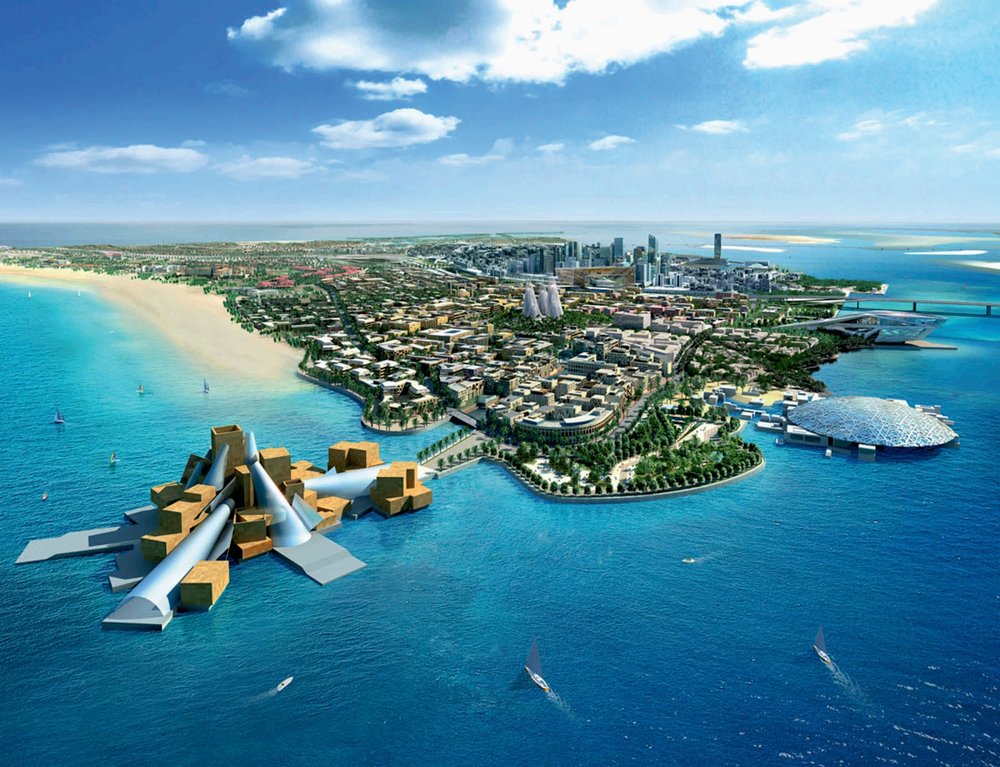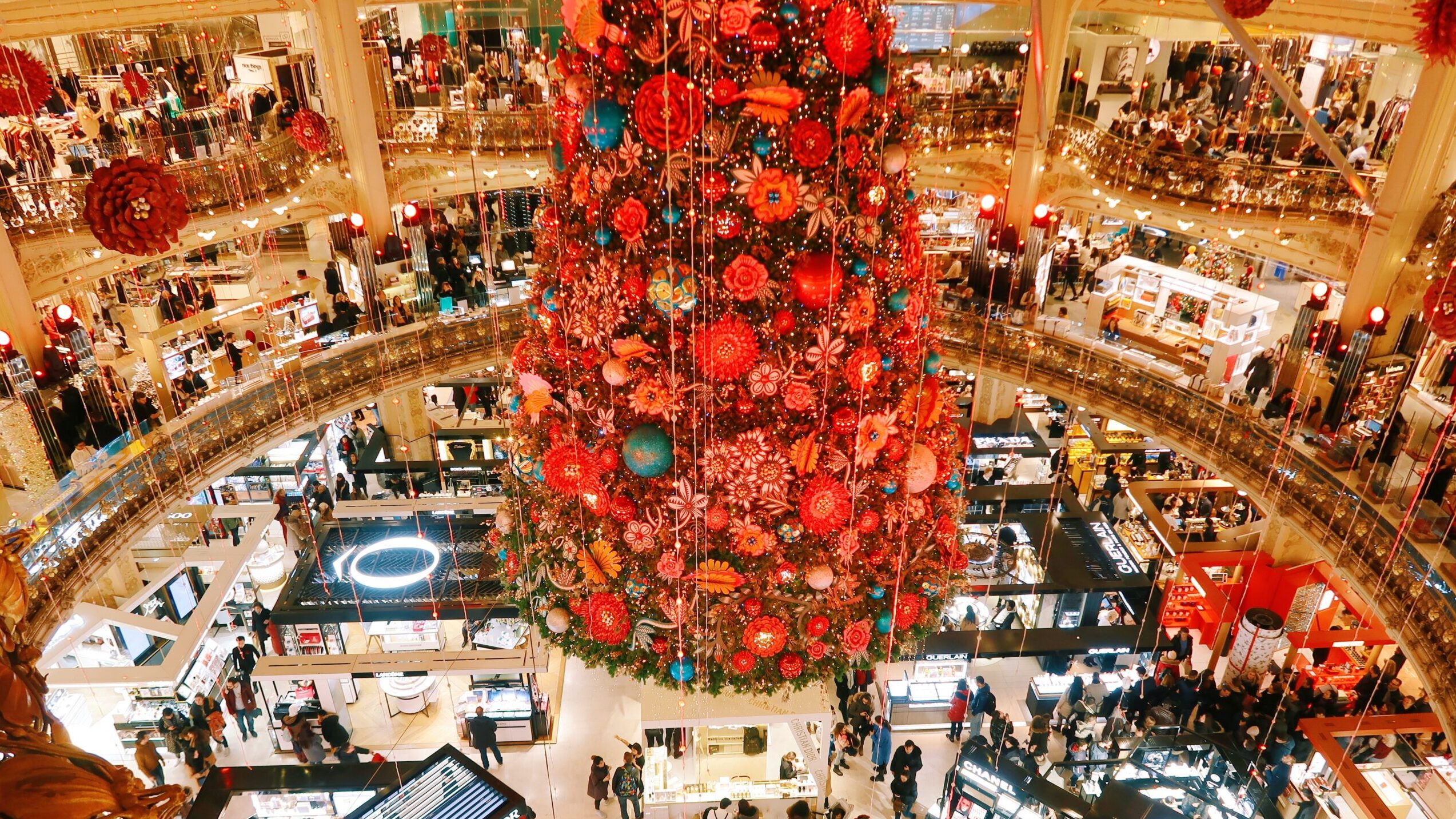The gig economy is alive and well. In fact, this modern online phenomenon has only…
Louvre Abu Dhabi: Art, Sand & Shadows
Ten years in the making, the Louvre Abu Dhabi is scheduled to open its monumental doors this fall. But such exciting news is not without shadows.
The 260,000-square-foot modern structure, with its iconic dome hovering over scorching desert sands, is located in the Saadiyat Island Cultural District as part of a $27 billion complex, complete with the Guggenheim Abu Dhabi and the Zayed National Museum.

This brings us to the first shadow: Money. The Louvre has been accused of behaving much like a profit-hungry corporation because of the record-breaking £1 billion it has pocketed in fees. About half of that, reports John Arlidge in Wallpaper, is “for granting Abu Dhabi the right to use the Louvre name for the next 30 years. The rest of the cash meets the cost of the Louvre’s curatorial smarts.”
Former French Minister of Culture, Renaud Donnedieu de Vabres, vehemently defended the deal, stating, “There is no downside to this agreement…If France wants to remain a top tourism destination, we need to put everything into it,” adding that, “French cultural bodies do not travel enough.”
Then there’s the shadow of alleged human rights violations. In the midst of construction, approximately 120 international artists called for a boycott of both the Louvre and the Guggenheim, with allegations of poor pay, long hours and punishing conditions for construction workers.
“Amid the splendor, opulence and massive investment, there is a dark side…In a three-month investigation, the Observer has uncovered evidence of intimidation, strike-breaking, mass riots and an employment system trapping thousands of laborers on poverty pay,” reported The Guardian in 2013.
Louvre Abu Dhabi Curator Jean-Luc Martinez told Wallpaper, “I am not working on this building site myself, of course, but I have visited the village of the team of workers. I have asked the Emirati authorities to do their best and I am sure they did it. I can look at my face in the mirror and feel good.”
“Amid the splendor, opulence and massive investment, there is a dark side”
And then, of course, there’s the biggest shadow of all: A warring political climate, unlike the one generally experienced in 2007, when the project was first announced.
“When the ancient cities of Palmyra, Hatra and Nimrud have suffered the destructive wrath of the so-called Islamic State, when tourists have been murdered in Tunisia simply for going to a museum and when a US president has banned travelers from some Muslim-majority countries from entering America, you can scarcely spend too much on promoting understanding between East and West,” writes Arlidge.
Martinez agrees. “It is very important for a European museum to create an opportunity here to see the world outside Europe, to try to understand other audiences,” he says. “In the Louvre in France we have a French view of the world. Here we have a global view.”

The museum’s permanent collection strongly focuses on bridging eastern and western art and culture with works that “span millennia, mediums and civilizations, emphasizing exchange and the shared human experience.”
Having delayed its opening multiple times over the last five years, we’re yet to see if the Louvre will open its doors this fall, or whether the vision for a European cultural complex that bridges the East and the West remains, once again, in the shadows.



